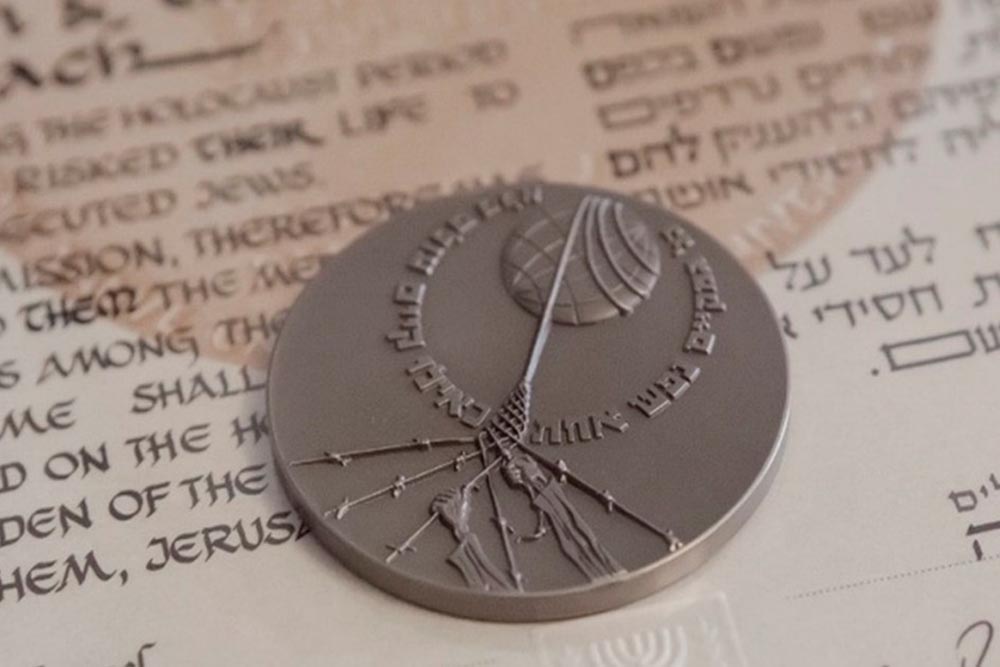Bank of Portraits / Vozniak Makar, Yeva, Oleksandra, Nadiia and Hapka

Vozniak Makar, Yeva, Oleksandra, Nadiia and Hapka
During the Nazi occupation, widower Makar Vozniak lived on a farm near the village of Toikut, 15 km from the city of Kovel, with his four daughters: Yeva (18 years old in 1941), Oleksandra (16), Nadiia (12), and Hapka (10 years old). Makar's mother also lived with them.
During the war, many Jews appeared in Volyn, who had been leaving Poland since 1939, fleeing extermination. Pharmacist Eli Bliumenkrants and his sister Sara ended up in a small village. Eli got a job at a local medical center. In the summer of 1942, when mass murders of Jews began in the city of Kovel, the brother and sister asked Makar Vozniak for shelter. The man agreed, but warned that he and his daughters were barely making ends meet themselves. Later, they were joined by their cousin Halyna Eibuzhyts, who was the daughter of their uncle Khil, and a local Jew named Zuref. All four of them hid in a hayloft and an earthen cellar from August 1942 to February 1944. They lived starving, but in relative safety.
One Christmas Eve, Makar managed to get a sack of potatoes. His mother would go down to the basement every evening with a hot meal cooked in a cast iron pot. All of Vozniak's daughters took care of the Jews and sometimes stayed overnight in hiding to keep them company.
In 1945, all four survivors left Ukraine, but continued to maintain contact with their benefactor until his death in the 1960s.
In 1984, Yad Vashem recognized Makar Vozniak and his daughters Yeva, Oleksandra, Nadiia, and Hapka as Righteous Among the Nations.
Svitlana Demchenko
Kyiv
The National Museum of the History of Ukraine in the Second World War
-
fingerprintArtefacts
-
theatersVideo
-
subjectLibrary

